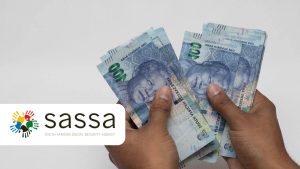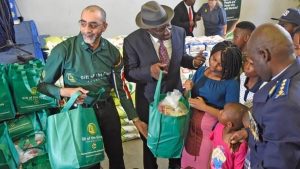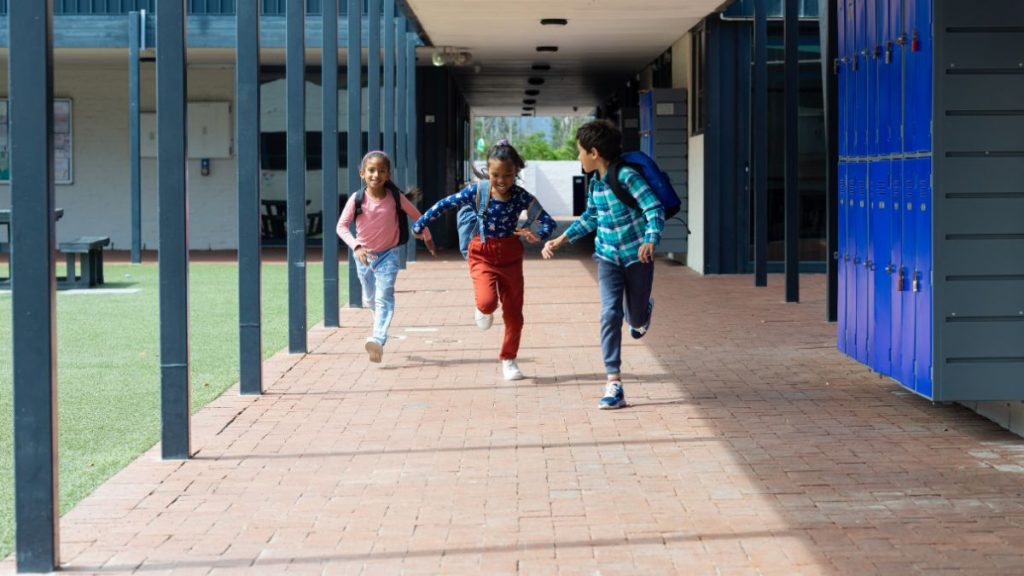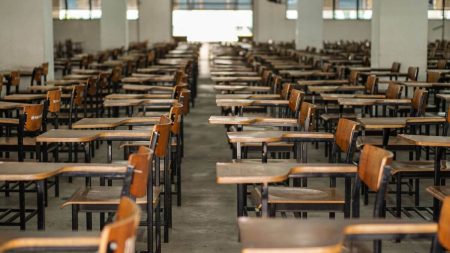In South Africa, school fees subsidies play a crucial role in making education accessible to children from low-income households. These subsidies are regulated under the South African Schools Act (SASA) of 1996 and are designed to prevent learners from being excluded due to financial hardship. While private schools may offer bursaries or scholarships, government subsidies primarily apply to public schools.
As of October 2025, no major national changes have been announced for the 2026 academic year. This means the framework established under SASA remains in place. However, each year school governing bodies (SGBs) determine fees, and exemptions or subsidies are applied for at the start of the year. Parents are encouraged to prepare necessary documents in advance to avoid delays in January 2026.
What Are School Fees Subsidies?
School fees subsidies are financial relief measures provided by the government to ensure children are not denied education because their parents cannot afford school fees.
Public schools: Subsidies are applied in line with national regulations, with no-fee schools (quintiles 1–3) already covered by government funding.
Private schools: These do not qualify for state subsidies. However, many independent schools offer their own bursaries or scholarships based on need or merit.
The purpose of subsidies is to uphold the constitutional right to basic education while ensuring fairness for families struggling financially.
No-Fee vs Fee-Paying Schools
South African public schools are categorised into quintiles based on community poverty levels.
No-fee schools (Quintiles 1–3): These schools receive full state funding and charge no tuition. Parents do not need to apply for exemptions. This covers nearly 80% of all public schools and automatically benefits millions of learners.
Fee-paying schools (Quintiles 4–5): These schools charge fees set by the SGB, but parents who cannot afford them may apply for subsidies or exemptions.
This division ensures that poorer communities benefit from fully subsidised schooling, while those in better-off areas still have an opportunity to apply for assistance.
Eligibility Criteria for 2026
Eligibility is determined by household income, number of dependents, and school fee amounts. The Department of Basic Education regulations (updated in 2006 and still applied in 2026) outline a sliding scale:
Full exemption: Granted if gross annual household income is less than or equal to 10 times the annual school fees (after deductions).
Partial exemption: Granted if income is between 10 and 30 times the annual school fees. The subsidy ranges between 25% and 75%.
No exemption: If income is more than 30 times the annual school fees.
Formula to Estimate Eligibility
Calculate combined gross annual household income.
Subtract deductions:
R10,000 per dependent child (excluding the child applying for the exemption).
Transport costs to and from school if applicable.
Compare adjusted income against annual school fees.
If ≤ 10 × annual fees → full exemption.
If > 10 × but ≤ 30 × annual fees → partial exemption.
If > 30 × annual fees → no subsidy.
Household Income Examples
To simplify, here’s how thresholds apply for 2026.
| Annual School Fees | Full Exemption (100%) | Partial Exemption (25–75%) | No Subsidy (0%) |
|---|---|---|---|
| R10,000 | ≤ R100,000 | R100,001 – R300,000 | > R300,000 |
| R20,000 | ≤ R200,000 | R200,001 – R600,000 | > R600,000 |
| R30,000 | ≤ R300,000 | R300,001 – R900,000 | > R900,000 |
Note: These thresholds scale with fees. A parent paying R20,000 in school fees qualifies for a full exemption if household income is R200,000 or less.
How to Apply for Subsidies in 2026
Parents applying for fee exemptions in 2026 should take the following steps:
Contact your school
By November 2025, request the school’s fee policy and exemption application form from the bursar or SGB.
Gather documents
Proof of income: recent payslips, bank statements (last 3 months), and latest tax return.
Affidavit declaring financial status if unemployed or self-employed.
Details of dependents and their school enrolment.
Submit application
Applications must be lodged in January 2026. Late applications may still be considered but could delay financial relief.
Appeal if denied
If your application is unsuccessful, escalate the matter to your provincial education department.
Example: Western Cape parents can email education@westerncape.gov.za.
Use online tools
The Fee Exemption Calculator by SAILI (an Equal Education affiliate) helps check eligibility before applying.
Provincial Variations
Although the national framework is standard, provinces may emphasise different aspects:
Gauteng: Schools are encouraged to help parents manage debt carried over from previous years.
KwaZulu-Natal: Following a 2018 Constitutional Court ruling, exemptions for single-parent households are strongly enforced.
Other provinces: May issue additional guidelines closer to year-end 2025, so parents should check local department websites regularly.
Private Schools: Bursaries and Scholarships
Independent schools are not bound by SASA subsidies, but many offer their own bursaries. These are usually merit- or need-based.
National programmes:
Zenex Foundation – supports high-achieving learners.
Canon Collins Trust – provides scholarships for secondary and tertiary studies.
School-specific opportunities:
Dainfern College: Grade 8 scholarships (applications open around March 2025).
Steyn City School: Assessments aligned with ISASA timelines.
Curro Holdings: Fees range from R50,000 to R120,000 annually. Some campuses offer need-based aid.
Parents should contact schools directly or visit their websites for updated bursary deadlines.
Additional Relief Options
Beyond subsidies and bursaries, parents should also consider:
Tax relief via SARS: Up to R3,500 per child per month can be deducted for tuition fees.
Legal Aid South Africa: Provides free assistance for parents unfairly denied exemptions.
Community NGOs: Some organisations assist with stationery, uniforms, and after-school support.
Tips for Parents Applying in 2026
Prepare early: Collect payslips, affidavits, and tax documents before December 2025.
Keep copies: Always retain a duplicate of your application and receipts.
Don’t delay: Submit in January 2026 to avoid late processing.
Know your rights: Schools cannot refuse admission if fees are unpaid while an exemption is pending.
Check province-specific guidelines: Rules can vary, especially for single parents or guardians.
Resources & Contacts
Department of Basic Education: www.education.gov.za
Provincial Departments: Accessible through DBE’s provincial links.
Western Cape Education Department: education@westerncape.gov.za
Legal Aid South Africa: www.legal-aid.co.za
SAILI Fee Exemption Calculator: www.saili.org.za
Related: How to Apply for School Fee Exemptions in South Africa (2025)
The School Fees Subsidy framework for 2026 continues to provide a lifeline for South African families, ensuring no child is excluded from education because of financial struggles. By preparing documents early, understanding eligibility, and applying on time, parents can secure relief and focus on their children’s education.










